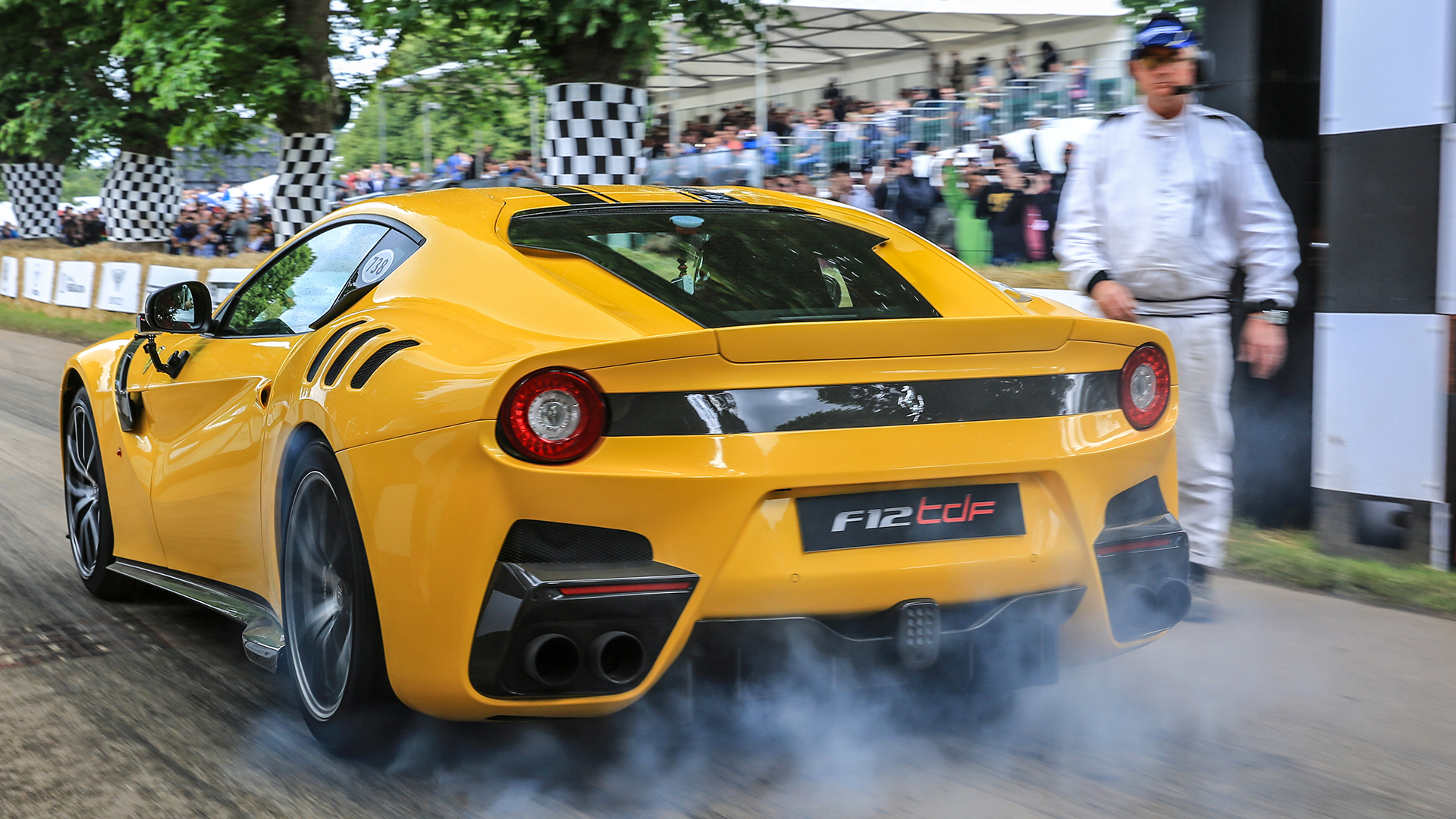

The latest round of automotive sales figures to land has more or less solidified the proof that trucks and SUVs are where the new car market is at these days. One unexpected bright spot in the sales figures, however: sports cars. Sales of smaller sports cars like the Mazda MX-5 Miata and Toyota 86 were up more than three percent for the first three months of 2017 compared with the previous year, according to a recent analysis of sales figures.
And apparently, sales of super-fancy sports cars are doing pretty well, too. Ferrari reported that profits were up 36 percent year-over-year for the first quarter of 2017, the company announced on Thursday.
Ferrari rang in €242 million in gross first quarter earnings this year, according to Automotive News‘s account of the statement—€64 million more than it brought in during Q1 of 2016. Much of the growth reportedly came about due to special edition cars and limited production models, such as the carmaker’s massive (for Ferrari) array of 70th anniversary supercar specials and the targa-topped terror known as the LaFerrari Aperta.
Ferrari was spun off from Fiat Chrysler Automobiles by CEO-of-both Sergio Marchionne back in 2015, as part of a capital-raising plan to bolster FCA’s bottom line in the long run. (The companies remain connected and closely affiliated, as the presence of the Ferrari-developed engines in the Maserati Quattroporte and Alfa Romeo Giulia Quadrifoglio make clear.) Ironically enough, with a market cap of $15.27 billion as of this article’s publication, the diminutive sports car manufacturer now possesses nearly the same market value as its parent company.
Marchionne has sought to grow Ferrari’s sales beyond their previous limits as part of that plan to feed money into the company. Under former bossman Luca di Montezemolo, the supercar company capped production at 7,000 vehicles per year; Marchionne has relaxed that guideline, allowing the brand to sell 8,014 cars in 2016. Ferrari’s current sales put it on pace to move 9,000 cars per year globally by 2019, which may seem like a lot…until you realize it’s roughly as many F-Series trucks as Ford sells in the U.S. every four days.